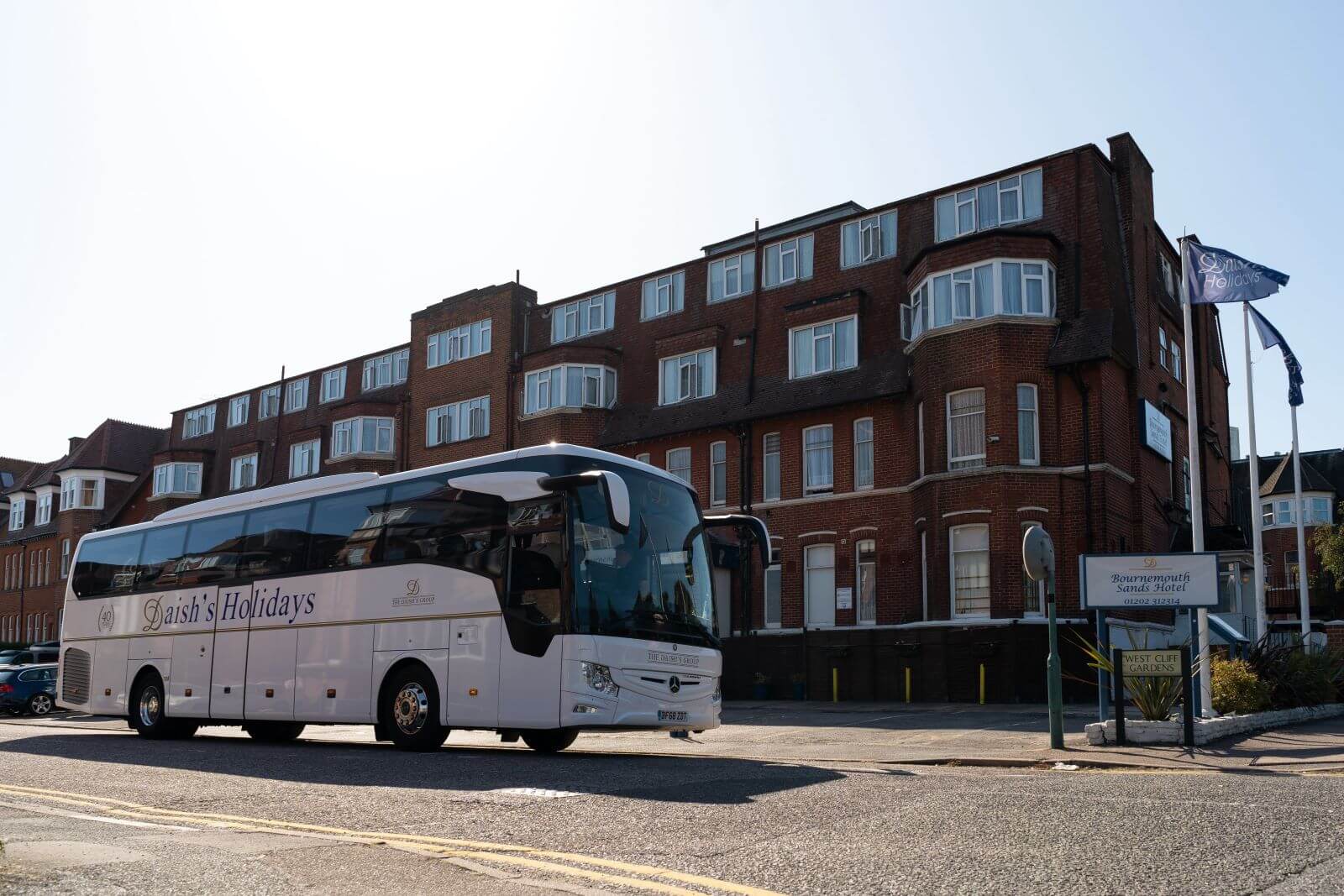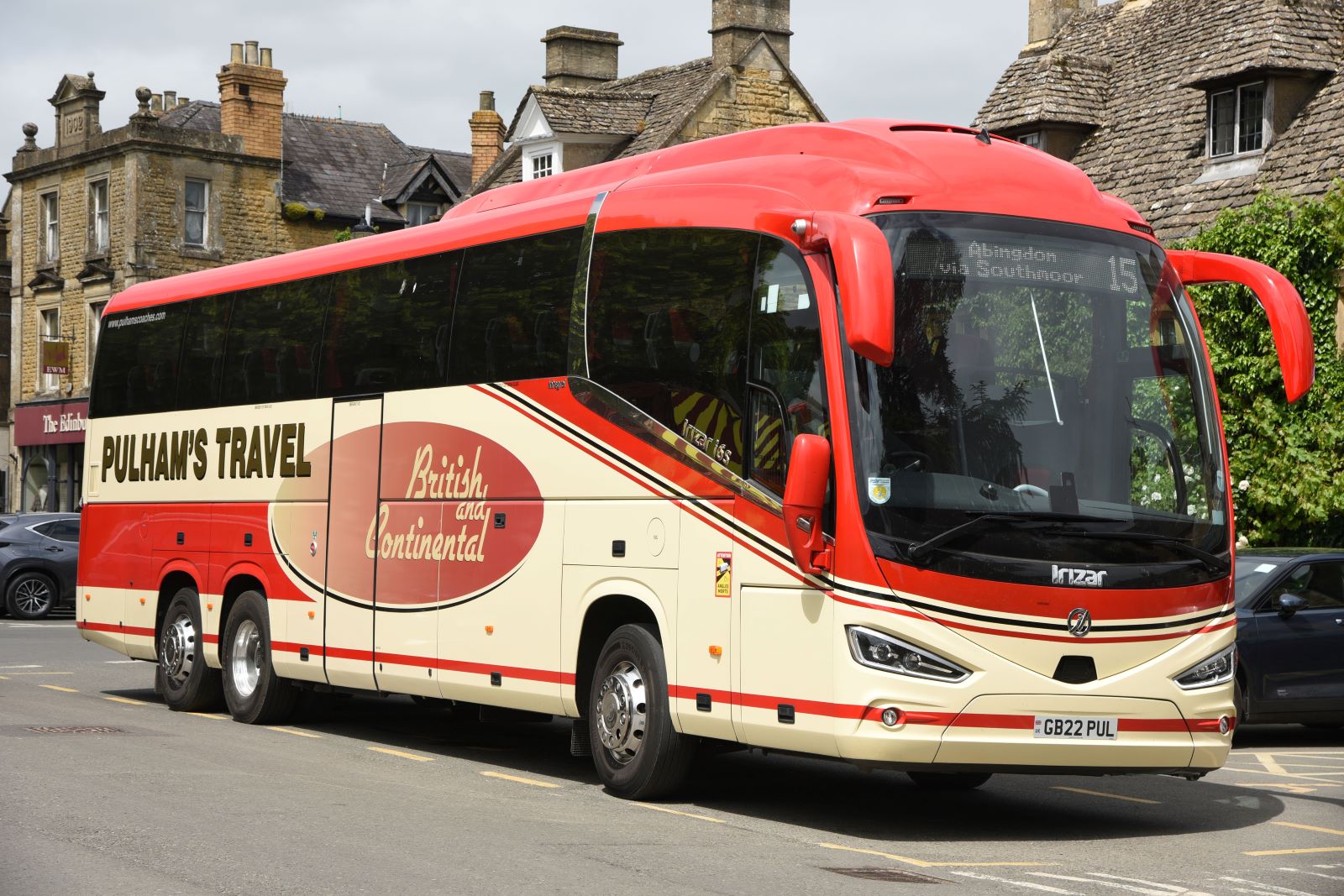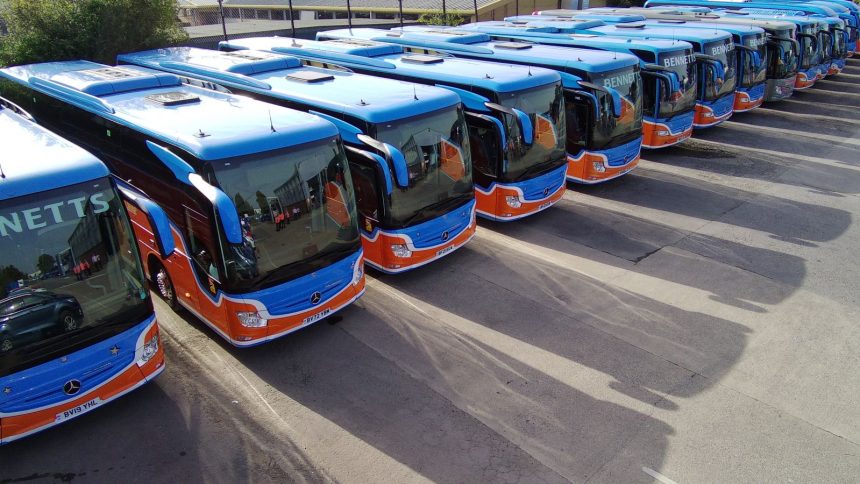Most of the governmental effect on the coach and bus industry comes at a national or local level. The role of the Sub-National Transport Bodies (STB), in which local authorities work together to try to effect change at a regional level, is less well known or influential.
Seven STBs exist in England outside of London: England’s Economic Heartland, Midlands Connect, Peninsula Transport, Transport East, Transport for the North (TftN), Transport for the South East and Western Gateway.
However, up to now, coach has not featured prominently in the strategies of these bodies. Even TftN, which, as the largest and best known STB, has the most capacity for delivery, made just one mention of the word “coach” in its 140-page Strategic Transport Plan draft consultation in May 2023 — and this was not was not in reference to future strategy. Midlands Connect in its Strategic Transport Plan for the Marches (February 2023) does not refer to coach at all, while Transport for the South East makes two references in its strategy document.
High regard for coach in the Western Gateway
The Western Gateway STB (WGSTB), though, is showing the way when it comes to recognising the role of coach travel and seeing that it could have a bigger part to play in the transport equation in future. It has produced a 135-page, thoroughly detailed document to outline its coach strategy. The basis of this will form part of its overall Strategic Transport Plan for 2025-2050 which it is submitting to the Department for Transport (DfT) this spring.
As the seven bodies also work co-operatively to share knowledge, it is hoped that WGSTB’s work will also encourage other regions to bring greater consideration of the potential for coach travel into their strategies and plans – a recommendation echoed by MP Huw Merriman in his opening statement to the STB Annual Conference on 28 February.
Western Gateway STB is a collaboration between Bath and North East Somerset Council, Bournemouth, Christchurch & Poole Council, Bristol City Council, Dorset Council, Gloucestershire County Council, North Somerset Council, South Gloucestershire Council, Wiltshire Council and West of England Combined Authority.
As such, its realm stretches from Gloucestershire in the north to the south coast of Dorset. This area is home to around three million residents, as well as a number of internationally significant tourist destinations, many of which are in rural, historic or coastal locations best served by coach.
An estimated 100-plus operators are in business there, running a combined fleet of around 1,100 coaches. Many more come from all over the UK and beyond, bringing tourists to places such as Bath, Bournemouth and Stonehenge. The sector has a value of £300 million to the regional economy.

Hannah Fountain, Senior Transport Officer for Western Gateway, says: “The idea of an STB is to provide that strategic overview of transport needs that looks beyond the usual local authority boundaries and improves wider connectivity.
“We’re also there to provide pathway connectivity between those local authorities and DfT, including providing recommendations to DfT on regional funding priorities.”
As its own coach strategy notes: “One of the biggest weaknesses of existing bus and coach networks in many parts of the STB area arises from their historic development within county and municipal boundaries, whereas cross-boundary links have been very weakly developed.”
WGSTB believes that improving coach services is worth the investment as it could unlock housing and employment development sites, boost economic productivity and employment opportunities and further other sectors of the economy such as tourism.
We feel there is the potential for coach to fill that transport gap that exists at the moment – Hannah Fountain
Part of its initial objective has been to gather data on the industry, which it says is lacking, particularly from a regional perspective, and assess the key challenges and identify opportunities for development. Its work has involved liaising with the Confederation of Passenger Transport (CPT), DfT, National Highways and Bus Users UK, while special mention was also made of input from Bennetts Coaches of Gloucestershire.
The WGSTB recognises that coach could fill identified gaps in rail provision, as well as connect more passengers to rail hubs, ports and airports for longer journeys. While coach services along the M4 corridor mirror the good east-west road links in the region, north-south is less well served apart from by the M5.
It is a rare acknowledgement in such an environment of the value of coach. As Hannah says: “I’ve been a transport officer for about 15 years and this is the first time I’ve ever worked on coach, which speaks to the fact that it has historically been a rather niche element of the transport planning sector but one with a lot to offer in terms of accessibility and connectivity, especially where you’ve got a lack of rail services to serve those longer-distance journey requirements.”
The route from Cheltenham to Bristol Airport is identified as the first priority because there are several possible calling points in between that are not well connected. The south coast to both Bristol and Cheltenham respectively would also benefit greatly from direct coach services, the body says.
“We feel there is the potential for coach to fill that transport gap that exists at the moment and we’d like to investigate options for new markets and growth in that area,” says Hannah.
WGSTB is due to carry out a feasibility study into whether there might be a commercial market for these services. Hannah says: “If there is a funding gap, the next stage for us would be to seek opportunities to fill that gap — potentially as a pilot first — and then grow it into a more viable model in the future.”
Aside from improving connections, WGSTB’s primary objectives are stated as encouraging take-up of new technologies such as automation and those leading to decarbonisation, improving passenger information and ticketing, enhancing coach parking and facilities and increasing engagement across the whole transport sector.
Benefits for coach
Among the interventions for which it may eventually seek DfT funding are a coach awareness campaign, assisting operators with PSVAR legislation, promoting training to limit bridge strikes and create solutions to driver shortages, marketing promoting decarbonisation alternatives, exploring collaboration between coach companies to service hard-to-reach areas, improving branding of services and improving the customer experience at coach stations, stops and pick-up points.
Bourton-on-the-Water, where long-felt coach parking problems came to a head with the closure of its only facilities in December 2023 and a subsequent proposal to ban coaches altogether, falls within the body’s area. Regarding this, Hannah says: “The location and nature of parking provision tends to be more of a local authority issue and, in general, our role is to provide advice on the strategic requirements over a general area rather than drilling down into the nitty-gritty of specific locations and levels. But that said, if there is something we can do to support those negotiations at a local level then we will.”

The work of Western Gateway could have wider benefits as board members are keen to share learnings across other areas, including with other STBs whose individual work has so far seen less of a focus on coach travel.
Interesting among WGSTB’s observations is that the scheduled coach and bus market could benefit in future from younger people shifting away from obtaining a driving licence and from a rationalisation and centralisation of services such as health, banking and retail; and larger-scale residential and business developments being more likely to take place on greenfield sites on the edges of existing settlements.
Call to industry
WGSTB’s first coach forum last month attracted 33 attendees, which included some operators, local authority officers and representatives from bodies such as CPT and UK Coach Operators Association. However, the body is inviting more involvement at future forums — the next is on 7 May in Bristol — from operators and authorities in the region or whose work involves operations through it.
“It’s a good start and we’re hoping to grow that as we go on,” says Hannah. “The model is built on a successful freight forum that we’ve been running for over two years. From that, we’ve identified about 46 freight interventions and we’re in the process of delivering two thirds of those with their co-operation so it’s been a successful model that we wanted to replicate.
“We haven’t started the forum with a very set agenda. We want the ideas to evolve more organically from participants to help us identify the issues for developing and maximising the coach market and to learn from them about issues and opportunities in the sector. We’d like to invite more operators and representatives both of the industry and passengers to join the forum to help us shape our understanding and next steps. Email WesternGatewaySTB@westofengland-ca.gov.uk if you’d like to attend.”



























